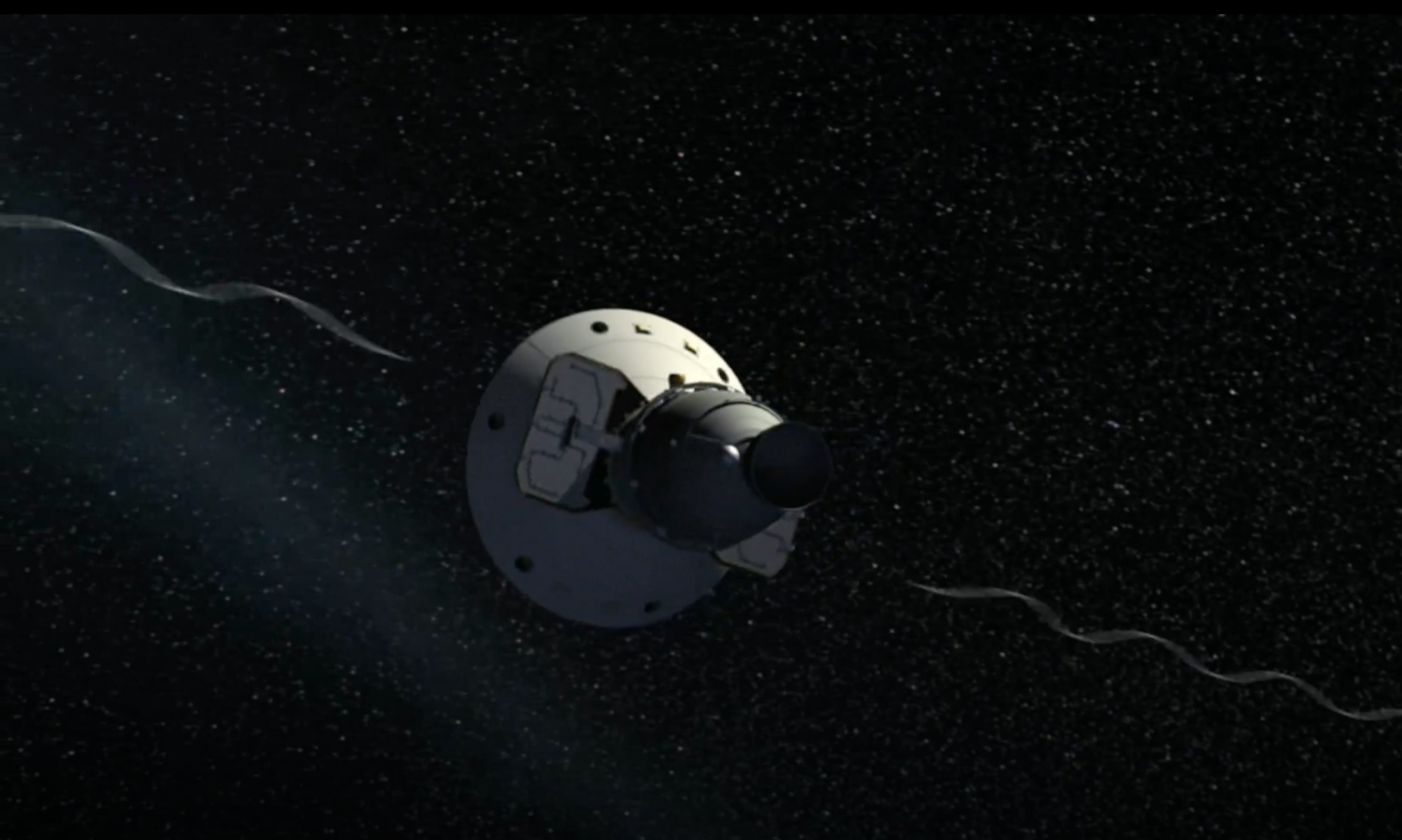The purpose of this project is to list all human-made objects that were sent in deep space, way beyond the Earth’s orbit. While most of them are now orbiting the Sun, the planets, the moons, the asteroids and comets, some are permanently set on their surfaces and a few of them are on their way out of the solar system (see illustration below, credit: Olaf Frohn).
Note that the Earth’s artificial satellites are not listed here, except those that were part of an interplanetary mission.
As of 2024, over 5,000 objects have been identified, ranging from large probes to small pins and including spent injection stages, rovers, heat shields, parachutes, dust caps, weights, bolts, lanyards, hand tools, foam blocks, sample bags, burial ashes capsules, memorial items, … you name it. For example, the video sequence above shows how a probe, bound for Mars, successively discards its injection stage, a pair of yo-yo de-spin masses and the kick stage (credit: JPL).

